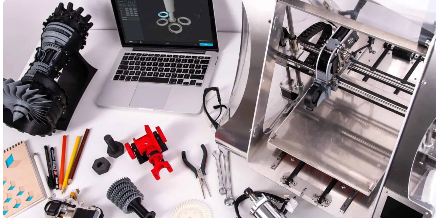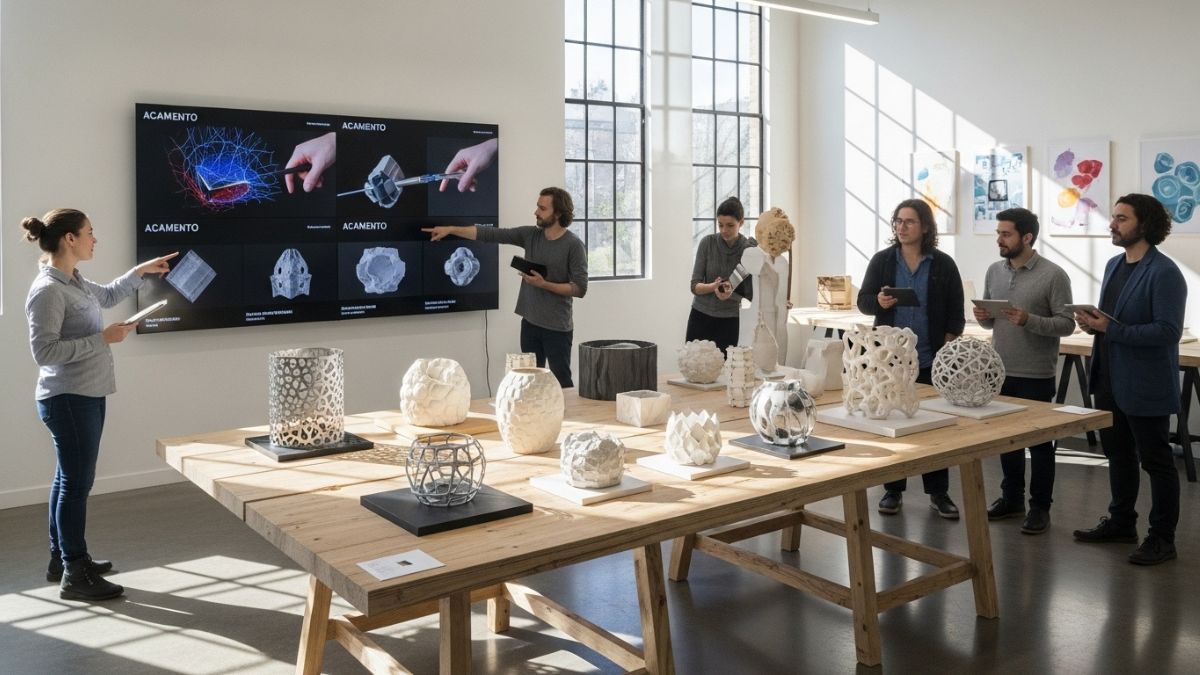Fused Deposition Modeling (FDM) has become the most widely used 3D printing technology, both for hobbyists and industrial applications. While other methods like SLA and SLS continue to evolve, FDM remains the most accessible and cost-effective way to create 3D-printed objects. Let’s explore why FDM printing dominates the market, how it works, and what factors influence the final print quality.
How FDM Became the Go-To 3D Printing Technology
The rise of FDM technology can be credited to its affordability and ease of use. Unlike resin-based or powder-bed fusion techniques, FDM uses thermoplastic filaments that are heated and extruded layer by layer to form a solid object. This process allows for a straightforward and reliable approach to 3D printing, making it ideal for personal, educational, and professional applications.
One of the key reasons for FDM’s success is the wide availability of materials. PLA, ABS, PETG, and TPU are just a few of the filament types used, each offering different mechanical and aesthetic properties. Whether a user needs high heat resistance, flexibility, or strength, there is likely a filament suited to the job.
Another factor behind FDM’s popularity is its open-source nature. Many FDM printers, such as those from Prusa and Creality, operate with open-source firmware, allowing users to modify their settings, upgrade hardware, and share improvements with the community. This accessibility has fueled innovation and expanded the capabilities of FDM printing beyond its original limitations.
More advanced users and businesses rely on precise control over 3D printer infill settings to optimize strength, material usage, and print time. A deeper breakdown of how 3D printing infill affects print performance can be found at https://www.upsideparts.com/post/how-to-define-infill-in-3d-printing.
What Makes FDM Printing a Strong Choice?
FDM printing is used in a wide range of industries, from prototyping to small-scale manufacturing. The key advantages of this technology include:
- Affordability – The initial investment for an FDM printer is significantly lower than SLA or SLS systems.
- Material Versatility – Thermoplastics allow users to create both flexible and rigid prints with ease. Composite filaments infused with carbon fiber or metal particles further expand the range of applications.
- Scalability – While FDM is often associated with desktop printers, large-format versions enable printing of functional prototypes and end-use parts.
- Ease of Maintenance – Unlike resin printers, which require careful handling of liquid materials, FDM printers use solid filaments, making them easier to clean and maintain.
With the right slicer settings, users can fine-tune layer height, wall thickness, and temperature settings to achieve high-quality results. However, FDM is not without its challenges.
Common Applications of FDM 3D Printing
FDM printing is used across a variety of fields, from personal projects to industrial applications. Some of the most common use cases include:
- Product Prototyping – Businesses use FDM to quickly create prototypes, test product designs, and refine engineering concepts before moving to full-scale production.
- Custom Manufacturing – Small batch production of custom tools, enclosures, and specialized components is possible without the need for expensive molds or machining.
- Education and Research – Many schools and universities have adopted FDM printing for teaching students about design, engineering, and material science.
- Medical and Healthcare – Custom prosthetics, orthopedic models, and medical devices are frequently 3D printed with FDM technology.
- Automotive and Aerospace – Engineers use FDM to create lightweight, durable parts for testing and small-scale manufacturing in vehicle and aircraft design.
Challenges of FDM Printing
Despite its advantages, FDM printing comes with certain limitations that must be considered.
- Visible Layer Lines – Due to the extrusion process, layer lines can be noticeable, especially on curved surfaces. Post-processing techniques such as sanding, chemical smoothing, or painting can improve appearance.
- Warping and Adhesion Issues – Materials like ABS require controlled temperatures to prevent warping or layer separation. Heated beds and enclosed chambers help mitigate these issues.
- Print Speed vs. Quality Trade-Off – While fast printing speeds are possible, they often lead to lower detail resolution. Slower speeds typically produce finer details and stronger parts.
- Material Waste – Support structures and failed prints contribute to plastic waste. Choosing the right print orientation and optimizing slicer settings can reduce excess material usage.
For those looking to print high-quality functional parts without dealing with technical setup, professional 3D print services can be a convenient solution. More details on available 3D printing options can be found at https://www.upsideparts.com/3d-printing.
Trends in FDM 3D Printing
FDM printing technology continues to evolve, with new advancements improving print quality, speed, and material options. Some key trends shaping the future of FDM include:
- Multi-Material Printing – New FDM printers are capable of extruding multiple materials in a single print, allowing for color variations, flexible joints, and composite structures.
- Advanced Filaments – The development of stronger and more heat-resistant filaments is making FDM a viable option for industrial manufacturing. Carbon fiber and metal-infused filaments are becoming more common.
- Automation in Slicing Software – Machine learning algorithms are being integrated into slicing software to optimize print parameters, automatically adjust support structures, and improve overall print success rates.
- Sustainable Filaments – Companies are focusing on biodegradable and recycled filament options to reduce the environmental impact of plastic waste.
- Larger Build Volumes – More manufacturers are developing FDM printers with extended build sizes, enabling the creation of bigger parts without needing assembly.
As these innovations continue to emerge, FDM remains a relevant and evolving technology that caters to a diverse set of applications.
Why FDM Printing Continues to Dominate the Industry
Even with advancements in resin-based and industrial powder printing, FDM remains the go-to method for many users. Its affordability, material variety, and continuous technological improvements make it a reliable option for prototyping, hobby projects, and small-scale manufacturing.
As new materials and improved extrusion techniques emerge, FDM is likely to remain a staple of the 3D printing industry. Whether for personal experimentation or professional product development, its versatility ensures it will continue shaping the future of digital fabrication.











